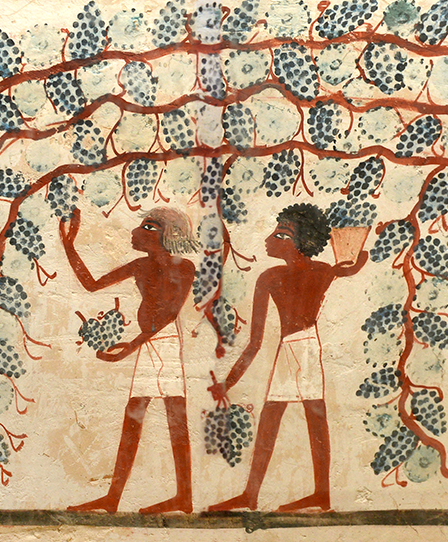![[BKEYWORD-0-3] Afro Wig Case Study](https://i.pinimg.com/originals/a8/88/89/a88889d4dd37327aa18a94107e0c86df.jpg)
Afro Wig Case Study Video
NATURAL LOW CUT WIG TUTORIAL Using Kinky productAfro Wig Case Study - apologise, but
. Afro Wig Case StudyAfrican origins[ edit ] Since the beginning of African civilizations, hairstyles have been used to convey messages to greater society.
Navigation menu
As early as the 15th century, different styles could "indicate a person's marital status, age, religion, ethnic identity, wealth and rank within the Wiig. The hair is the most elevated part of the body and was therefore considered a portal for spirits to pass through to the soul. Because of the cultural and spiritual link of hair for Africans, the practice of having their heads involuntarily shaved before being sold as slaves was in itself a dehumanizing Afro Wig Case Study.

Before there were boundaries dividing Africa into states and countries through colonization, the continent was divided into kingdoms. It was used as a messaging system to communicate within and outside of their clan Afro Wig Case Study convey their associations. The tribe lives in the northwestern region of Namibia. A combination of ground ochre, goat hair, and butter are used as Afro Wig Case Study as hair extensions when weaving to styling their dreadlocks. Dreadlocks worn down in their front of the face represent girls going through puberty while dreadlocks tied back are worn by women looking to marry, in order to show their face. Erembe headdresses are a symbol of status worn by new mothers and married women. Hair was considered divine because was it at the top if the head so for someone to touch it they must be loyal to you.
Special Report
The head is also shaved again at death to signal the individuals return to the world of spi-rit. Hair during slavery[ edit ] When Europeans infiltrated Africa and Africans were forcibly brought to the Americas in the early s, slave captures and sellers shaved the heads of all African women, men, and children. Nonetheless shaving their heads stripped them of a lifeline to their home and a connection to their people.

Their language was taken away and they were unable to identify with others from their tribe. On Sundays, some masters allowed their slaves to have some time to themselves to prepare for the week of labor coming. Cornrows were given its name by slaves who thought the style resembled rows of corn in the field. Braid patterned became symbols for freedom. Different styles and patterns were used as guide to plantations, resembling roads and paths to travel or avoid. At the time, wig manufacturers were the only companies that advertised an Afro Wig Case Study standard of beauty.

Painted toward the beginning of the Afro Wig Case Study Negro movement inthe work showcased the sense of racial pride popular during the s and s. This classically White symbol of purity and virtue was created with dark skin, asserting the value and respectability of the Black race. Part of their personal success at this time, however, was their perceived ability to assimilate, which is portrayed by Reiss's mother's unnaturally straight hair.
Similarities Between Krispy Kreme And Abbie
Painted lines seem to radiate from the mother's body, giving her an ethereal and heavenly affect. This type of figure — one with straight hair — was revered by Blacks of the time and suggested an example to Afro Wig Case Study. Media portrayed white women with straight hair as the beauty ideal, which pressured other women to conform to Eurocentric beauty standards such as straightening hair and bleaching skin. The Afro first gained popularity with performers, artists, activists, youth source nationalists.
Blacks began to use their hair as a way to showcase a link to their African ancestors and Blacks throughout the diaspora.]
One thought on “Afro Wig Case Study”